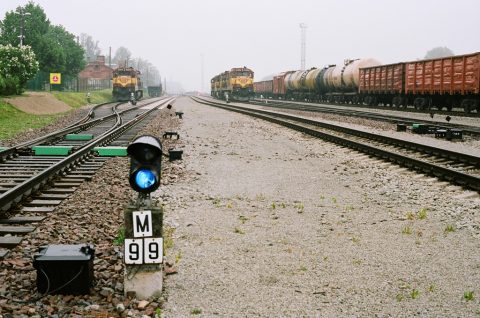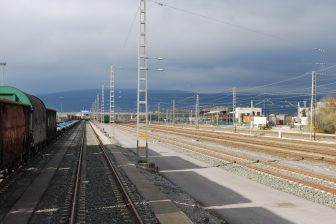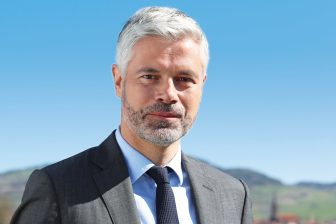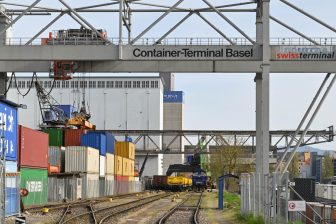
Rail Baltica can deliver increased freight exports
A new cost-benefit analysis on Rail Baltica, an EU initiative linking the Baltic States and Poland with a new standard gauge freight line, says the project can deliver vital socio-economic benefits such as increased exports. That was the key conclusion of a multinational forum involving the transport ministers of every involved country.
Finland, Estonia, Latvia, Lithuania and Poland were all represented in the Latvian capital Riga, with each country confirming a strong commitment to realising the project, and agreeing now is the time to move forward with implementation.
Running from Tallinn in Estonia on the northern Baltic coast, down through Latvia, and onto the Lithuanian/Polish border, Rail Baltica is seen as a critical project in enabling the full integration of the Baltic states into the European rail network. The analysis found that it has the capacity to deliver a lower carbon footprint and reduced travel times, benefiting both rail operators and shippers in the long run.
Strong connectivity
Henrik Hololei, Director General for Mobility and Transport (DG Move) at the European Commission, said: “The new cost-benefit analysis clearly confirms the viability and value of Rail Baltica, making a strong case for a continued EU support. Ensuring strong connectivity is at the heart of EU policy. The Baltic states have been given a unique opportunity to together take full advantage of this policy. I would urge the countries involved to take decisive action now, before it is too late.”
Catherine Trautmann, European Coordinator for the North Sea-Baltic Corridor, added: “Cross-border projects generate benefits that no country could generate on its own, that is why the EU supports them so strongly. I am glad to see that the costs for the infrastructure are under control. The total investment of 5.8 billion Euros is foreseen in the work plan of the North Sea-Baltic Corridor.”
TEN-T
Rail Baltica is a project aiming to connect the Baltic States to the European freight and passenger railway network by a modern and fast connection. It is the most important project of the North Sea-Baltic Core Network Corridor of the Trans-European Network (TEN-T). With the current progress made in planning, management and financing, the project is expected to be operational within ten years.
Recent developments on the Rail Baltica project include the roll out of nationwide electrification programme across the Latvian rail network, and Polish operator PKP receiving an extended 175 million Euros loan from the European Investment Bank to modernise more than 100 kilometres of line, from Sadowne to Czyżew and Czyżew to Bialystok.





